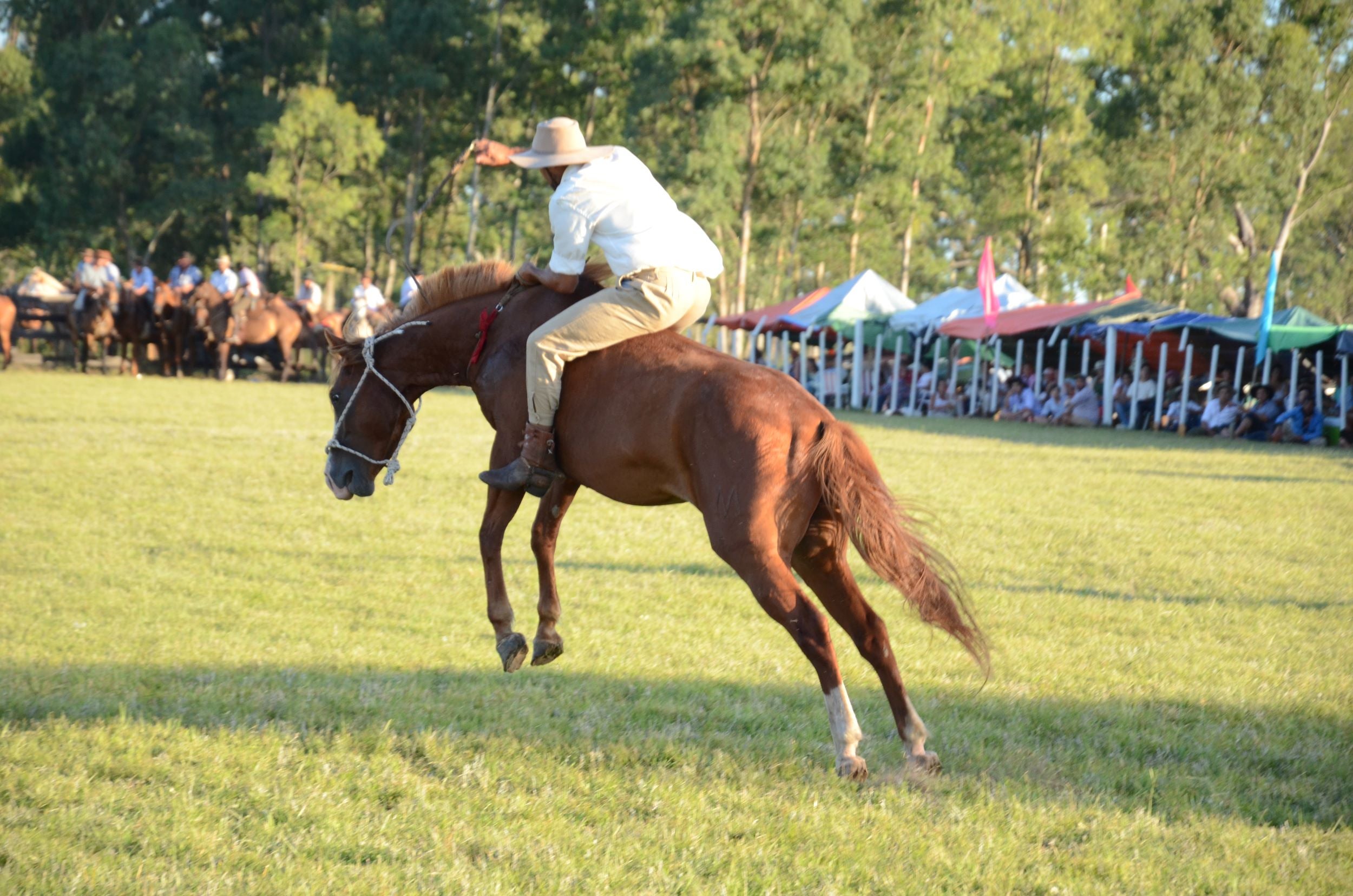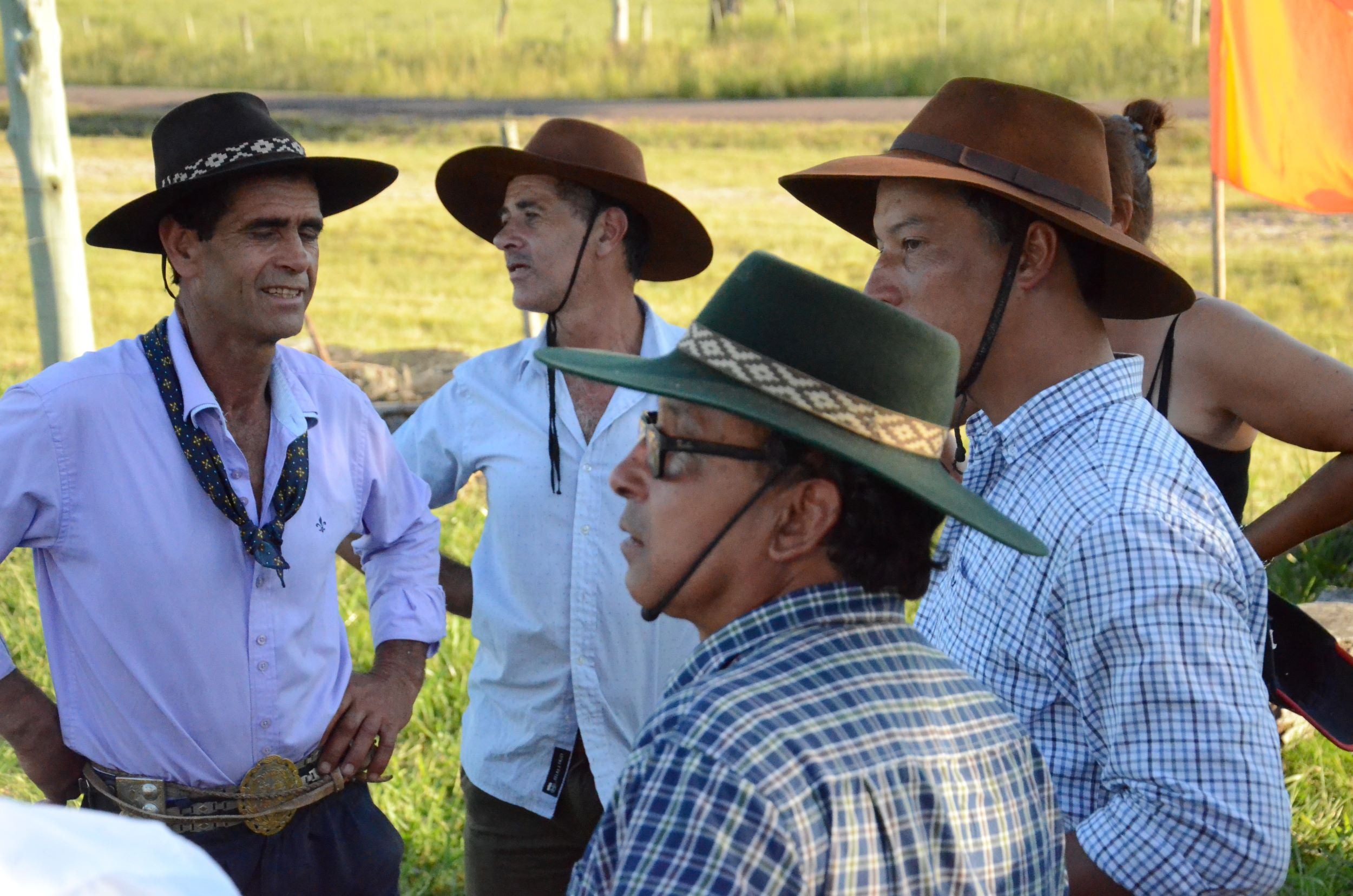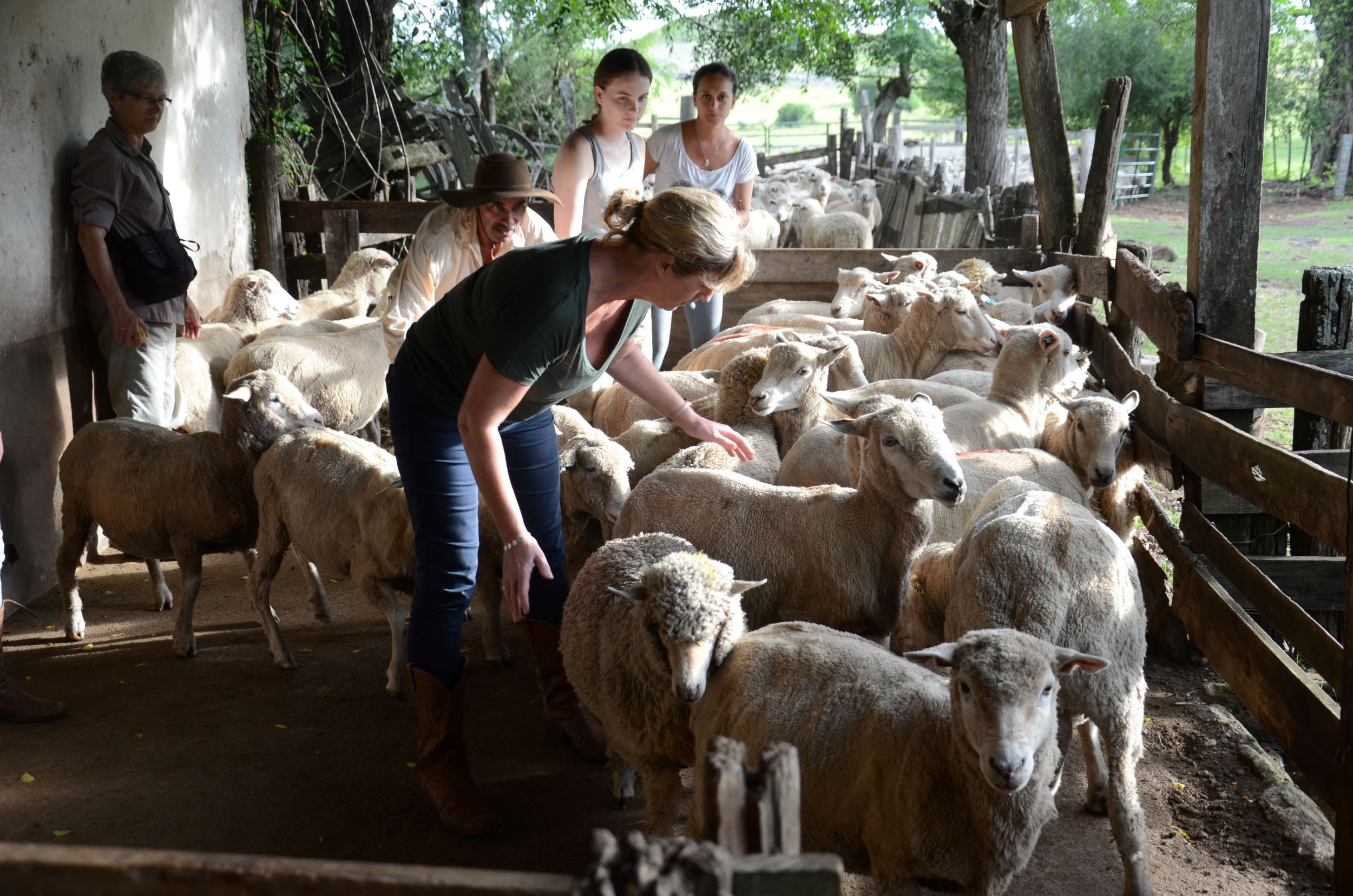
When people think of holidaying in South America, Uruguay seldom gets a look-in. Instead, most travellers are seduced by the likes of Peru’s more marketed Inca trail, or Argentina and Chile’s Patagonia, which can be overrun with tourists.
In contrast, most Uruguayan attractions are low key and no-frills – think hiking, horse riding and meeting the locals in spacious wilderness – with the added perk that there’s rarely another traveller in sight.
A number of carriers fly from Europe to the capital, Montevideo, but it is cheaper and more exciting to fly from the UK to Buenos Aires, Argentina, nip into Uruguay and travel up the country, then fly back from Rio de Janeiro, just over the border in Brazil. That way, you get a taste of Uruguay’s dramatically different neighbours as well as this green and pleasant land itself.
That’s just the itinerary I found myself on, hitching a ride on a 10-day tour with Intrepid Travel. After a couple of dizzying days getting our bearings in raucous, colourful Buenos Aires – with its elegant architecture, fabulous nightlife, leafy neighbourhoods and sultry tango clubs – we took the 90-minute Colonia Express ferry over the River Plate into Colonia del Sacramento, to dig into Uruguay.

Founded in 1680 by the governor of Rio and subsequently fought over by the Portuguese and Spanish for a century, Colonia’s cobbled streets are lined by pretty, well-preserved Unesco-listed homes, making them a delight to explore. There’s no lengthy tick-list of sights here – a 19th-century lighthouse here, a few petite museums there – meaning plenty of time to simply wander and stumble across scenic corners. A 20-minute stroll along the Rambla de las Américas avenue leads you to peaceful beaches popular with the locals.
Uruguay has cheap, modern buses that whisk you quickly and efficiently along the country’s relatively quiet inter-city roads. Taking one from Colonia to Montevideo (2.5 hours) and then another to Tacuarembó (five hours) in the northern interior, we passed miles and miles of beautiful grasslands populated by the occasional grazing horse, cows or sheep – but there was hardly a building to be seen. I racked my brains for the last time I’d seen such an expanse of never-ending countryside.
We passed miles and miles of beautiful grasslands populated by the occasional grazing horse, cows or sheep - but hardly a building to be seen
Our road trip was en route to stay at an estancia (a ranch or farm focusing on cattle and sheep, run by gauchos – South America’s cowboys). Many estancias in the continent’s tourist hotspots are inauthentically comfortable and geared to tourists, but ours, Estancia Panagea, turned out to be a working farm with hearty local home cooking, no wifi or landline phone, limited hot water, and electricity just for two hours daily via a generator.

We were collected from the bus station by estancia owner Juan in his slightly scruffy van (“You want air conditioning? Open the window,” he bellowed) and along the way stumbled across a local rodeo. Dressed in their supremely cool gaucho garb – coloured checked shirts, scarves, baggy cotton trousers (bombachas) and broad-brimmed hats – the gauchos queued up to ride the bucking bronco horses for as long as possible, which in some cases was just a couple of seconds. As well as the riding looking pretty risky, the way they wound up each horse into the required fury beforehand – blindfolding and slapping them – was uncomfortable to watch.
The horses held their own, however. I watched as one rider, lying face down after being unceremoniously hurled from his saddle, got on to his knees and punched the ground with his fists, cursing. It was clear how the locals here live and breathe horses and horsemanship.
Despite our protestations, the organisers wouldn’t charge our group any admission fees and sold us litre bottles of beer for pennies. It was a good indication of the widespread friendliness and generosity of this nation.
Back at the estancia, we mounted our horses for our introduction to cowboy skills. Like others in the group, I had virtually no horseriding experience, so it was surprising how much trust Juan had in us when he waved us on to his pack of horses. Having been taught how to saddle and handle them, we were off into the great wilderness, a huge expanse of blue sky above, and gently rolling hills extending miles beyond us.
Having been taught how to saddle and handle the horses, we were off into the great wilderness, a huge expanse of blue sky above and gently rolling hills extending miles beyond us
My confidence grew within minutes and it was glorious trotting along – cantering, even – learning the different nuances and traits of each horse I tried. There were two or three two-hour rides available each day and on my second ride I found myself helping herd sheep and cattle, guiding them from one side of the estate to another.
Most of us were amazed at what we’d accomplished. “I can’t believe how I was out there in the outback with my horse, finding sheep in ditches and rounding them up,” said one of my trip companions, Sarah, echoing my thoughts.

We took part in other rambunctious farming activities, things like guiding animals into the sheep dip, treating foot infections, worming and tick removal. Some of this involved grappling with rowdy sheep.
“It’s like wrestling with a carpet,” exclaimed another companion, Alistair.
On leaving the estancia, a comfortable overnight bus took us to Iguazu Falls, on the border with Argentina and Brazil. These dazzling falls range from 150 to 300 in number, depending upon water levels, and combined make up the world’s largest waterfalls – a spectacular sight. There’s a national park and a bird park to explore, and helicopter rides available over the falls, too. In adventurous climes especially, your tour guide can make or break a trip – and ours, Luma Le Roy, was superb, joining in our group activities with gusto.
From Iguazu, you can take an inexpensive internal flight to Rio de Janeiro with Gol Airlines, South America’s answer to easyJet. A couple of days in this electric city – wading past the sun worshippers on Copacabana and Ipanema, standing at the feet of the huge Christ the Redeemer statue to survey the glistening tower blocks, and the favelas tucked into the hills – was the perfect contrast to the utter tranquility of Uruguay. A thrilling end to a more diverse than usual South American adventure.
Travel essentials:
Uruguay is currently open to vaccinated travellers only – over-18s must present a negative PCR test result from within the 72 hours before travel (check the Foreign Office guidance for up-to-the-minute advice).
Intrepid Travel has a 10-day Best of Argentina, Uruguay and Brazil tour with prices starting from £1,495. This includes nine nights’ accommodation, some meals, transport and a tour leader throughout.
Various airlines fly from London to Buenos Aires and Rio de Janeiro, with flights beginning to return post-pandemic. For further reading, try Uruguay (Bradt, £16.99).







